Fruit Tree Spacing: How Far Apart Do You Plant Fruit Trees In The Garden
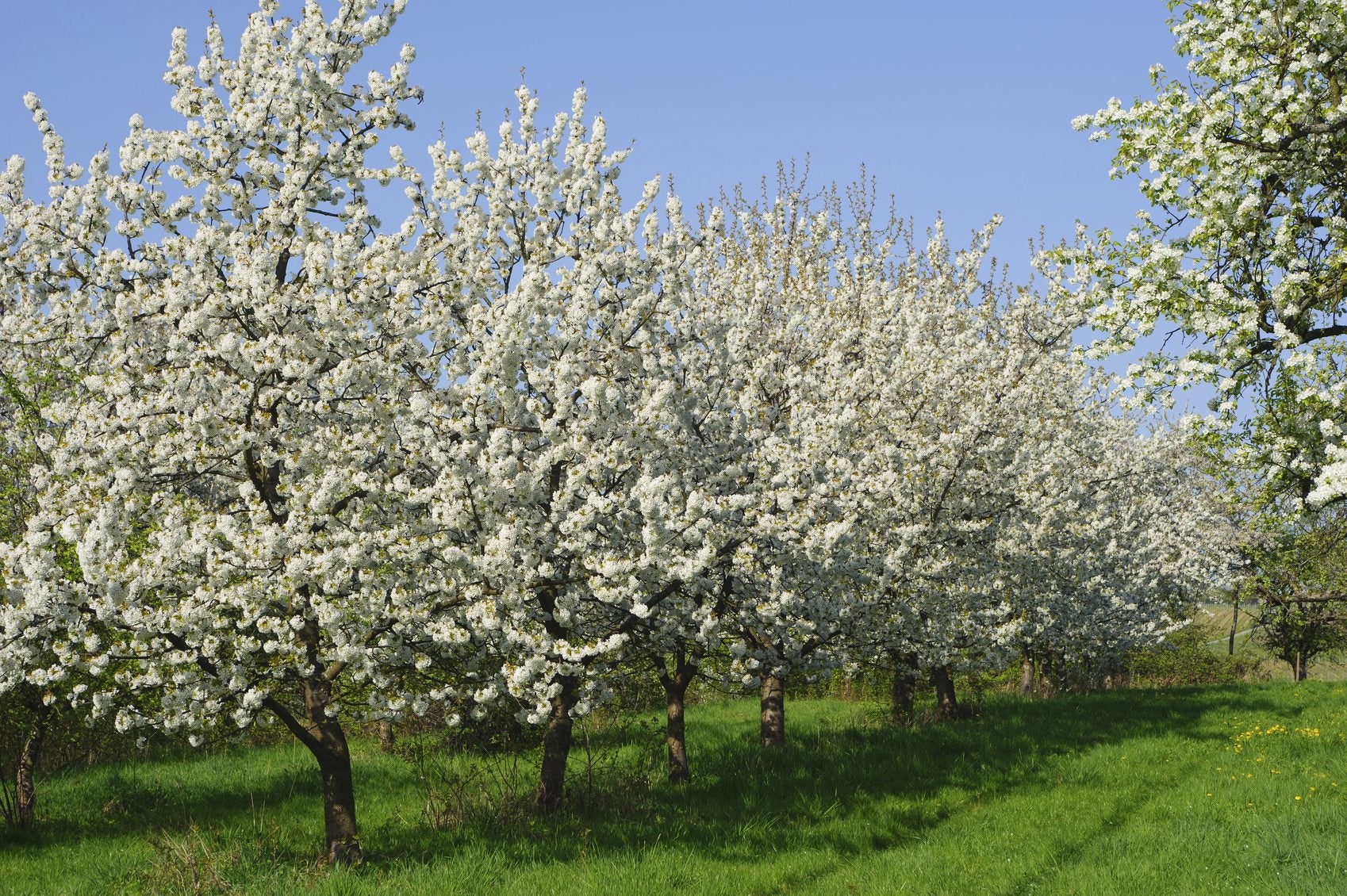
You’ve dreamt of having your own orchard, plucking fresh, ripe fruit directly from your own property. The dream is about to become a reality, but a few lingering questions remain. First and foremost, how far apart do you plant fruit trees? Proper spacing for fruit trees is of paramount importance, allowing them to attain their maximum potential and giving you easy access when harvesting. The following article discusses space requirements for fruit trees.
Importance of Fruit Tree Distance
Fruit tree spacing for your backyard orchard is different than that for a commercial grower. Spacing for fruit trees is determined by the type of tree, soil quality, expected tree height and canopy for the mature tree, and any dwarfing characteristics of the rootstock. Giving your fruit trees some distance may mean the difference between crowding them out, thus shading each other, which results in a low fruit set. There is a fine line, however. If you plant them too far apart, pollination may be impacted. Trees must be spaced so that they get plenty of sun and allow for air circulation to prevent fungal issues. If you have robust soil, a little extra spacing should be given since the tree will grow out wider. There are three sizes of trees: standard, semi-dwarf, and dwarf. Standard is the largest tree size, semi-dwarf is of medium height, and dwarf is the smallest size.
- Standard fruit trees grow at maturity up to 18 to 25 feet tall/wide (5-8 m.), unless they are standard sized peach and nectarine trees, which grow to about 12 to15 feet (4-5 m.).
- Semi-dwarf sized fruit trees reach 12 to 15 feet (4-5 m.) in height and width with the exception of sweet cherries, which will get a little larger at 15 to 18 feet (5 m.) tall/wide.
- Dwarf fruit trees grow to about 8 to 10 feet (2-3 m.) tall/wide.
Standard sized trees grown from seed need more space than if they are made by grafting onto a dwarf or semi-dwarf. Fruit tree spacing can be as close as 2 to 3 feet (61-91 cm.) apart for a hedgerow. If multi-planting, plant similar rootstocks together and trees with like spray requirements together.
How Far Apart Do You Plant Fruit Trees?
The following are some of the basic space requirements for fruit trees.
- Standard apple trees need 30 to 35 feet (9-11 m.) between trees, while semi-dwarf apples require 15 feet (5 m.) and dwarf apples need only 10 feet (3 m.)
- Peach trees should be spaced 20 feet (6 m.) apart.
- Standard pear trees need about 20 feet (6 m.) and semi-dwarf pears about 15 feet (5 m.) between trees.
- Plum trees should be spaced 15 feet (5 m.) apart and apricots 20 feet (6 m.) apart.
- Sweet cherries need quite a bit of room and should be space about 30 feet (9 m.) apart while sour cherries need a little less room, about 20 feet (6 m.) between trees.
- Citrus trees need about 8 feet (2 m.) between them and figs should be planted in a sunny area 20 to 30 feet (6-9 m.) apart.
Again, the distance between plantings depends on a variety of factors and these spacing requirements should be used as a guide only. Your local nursery or extension office can also help you toward your goal of a backyard orchard planted perfectly.
Gardening tips, videos, info and more delivered right to your inbox!
Sign up for the Gardening Know How newsletter today and receive a free copy of our e-book "How to Grow Delicious Tomatoes".

Amy Grant has been gardening for 30 years and writing for 15. A professional chef and caterer, Amy's area of expertise is culinary gardening.
-
 Looking For Plants To Give You The Soft And Fuzzies? Try These 5 Fuzzy Leaf Plant Options
Looking For Plants To Give You The Soft And Fuzzies? Try These 5 Fuzzy Leaf Plant OptionsLovers of texture, drama, silver foliage and tactile plants will adore these special sensory garden additions. These fuzzy leaf plant options will leave you all aglow
By Susan Albert
-
 Get Ready For A Summer Of Hummers! Grow These Full Sun Hummingbird Plants and Flowers
Get Ready For A Summer Of Hummers! Grow These Full Sun Hummingbird Plants and FlowersIf you’re lucky enough to enjoy a sunny backyard, make sure you are maxing out on your pollinator opportunities and grow these full sun hummingbird plants and flowers
By Tonya Barnett
-
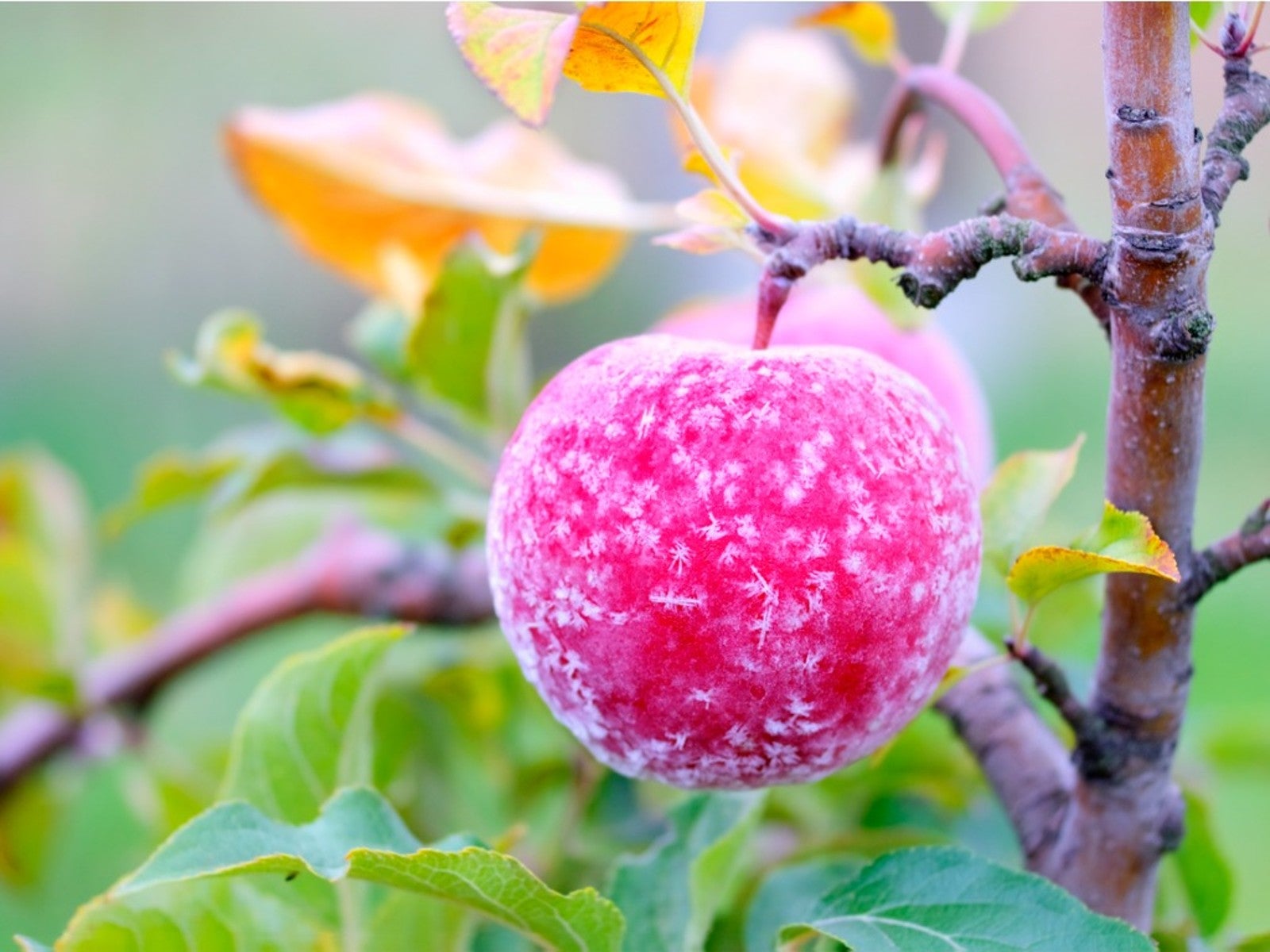 How To Protect Fruit Trees From Frost And Freeze
How To Protect Fruit Trees From Frost And FreezeChoosing fruit trees appropriate for your growing zone is best, but you still may need to protect them from extreme cold. Read how.
By Bonnie L. Grant
-
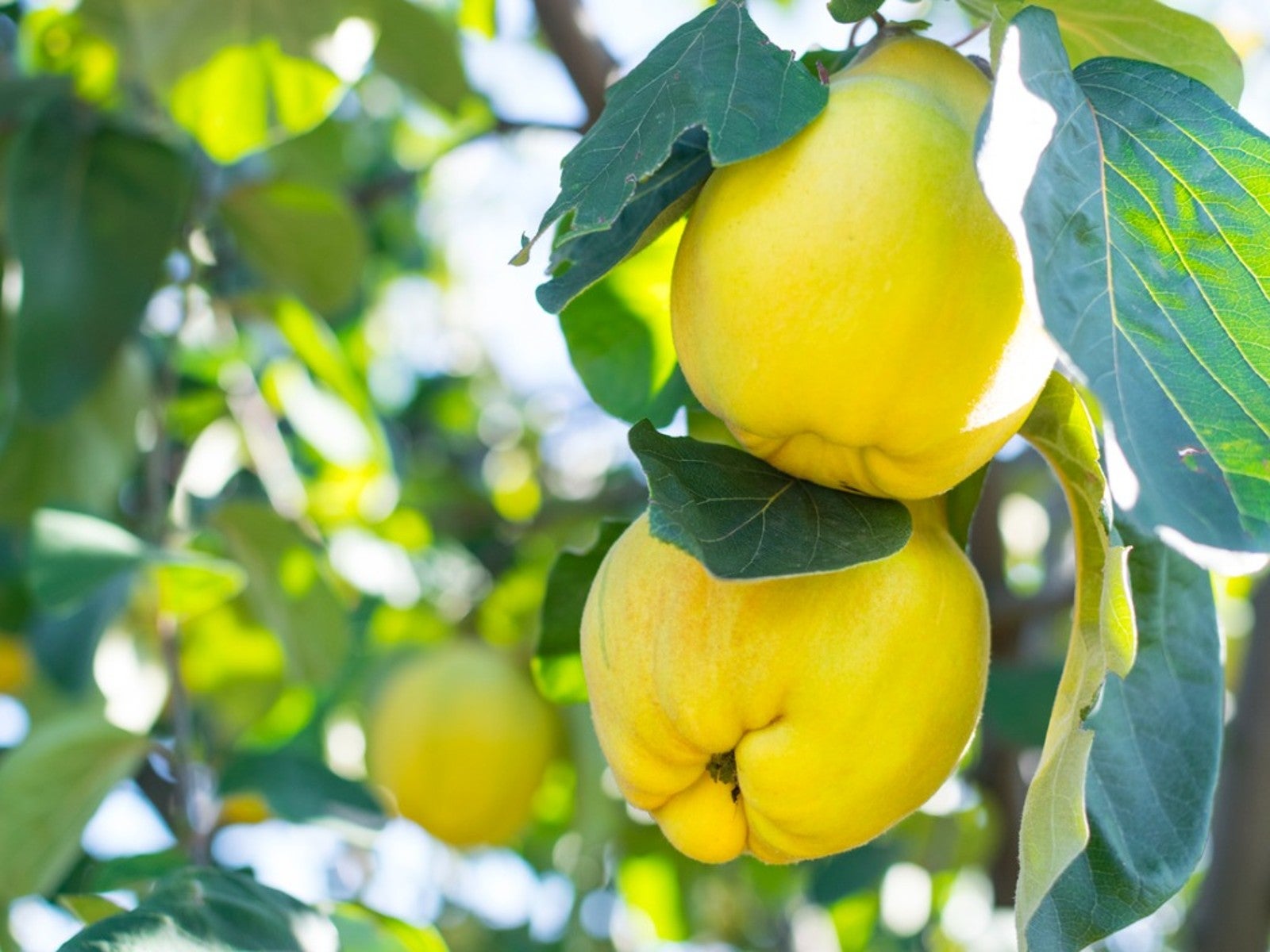 Best Plants For Late Summer and Fall Fruit Harvest
Best Plants For Late Summer and Fall Fruit HarvestEven if you don’t have the optimal conditions for more common fruit trees, there are other end of summer fruits to enjoy.
By Teo Spengler
-
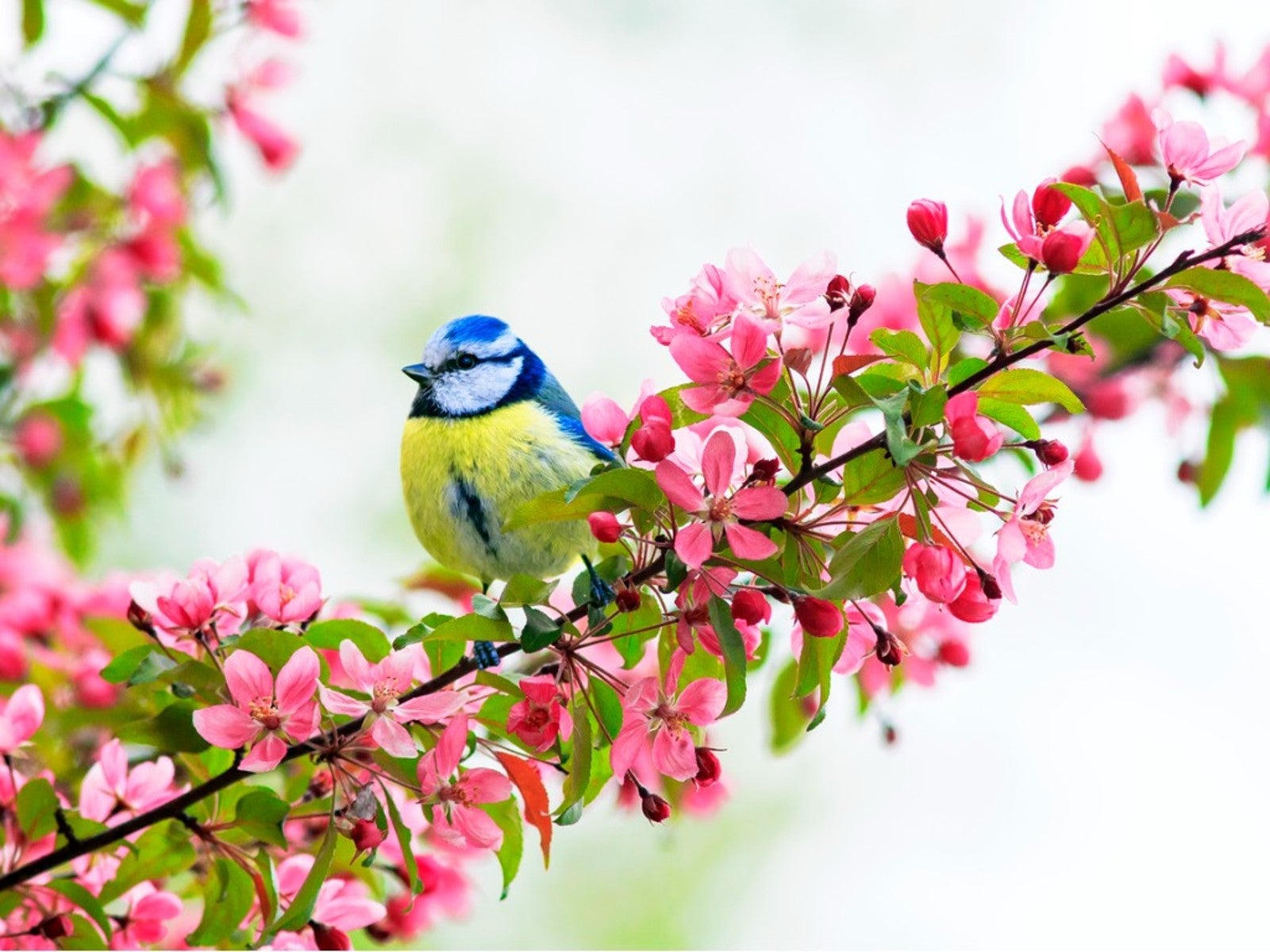 Best Native Fruit Trees To Support Wildlife
Best Native Fruit Trees To Support WildlifeIf you want trees that will attract and feed wildlife, learn the best kinds of edible fruit and nut trees to plant for inviting specific creatures.
By Teo Spengler
-
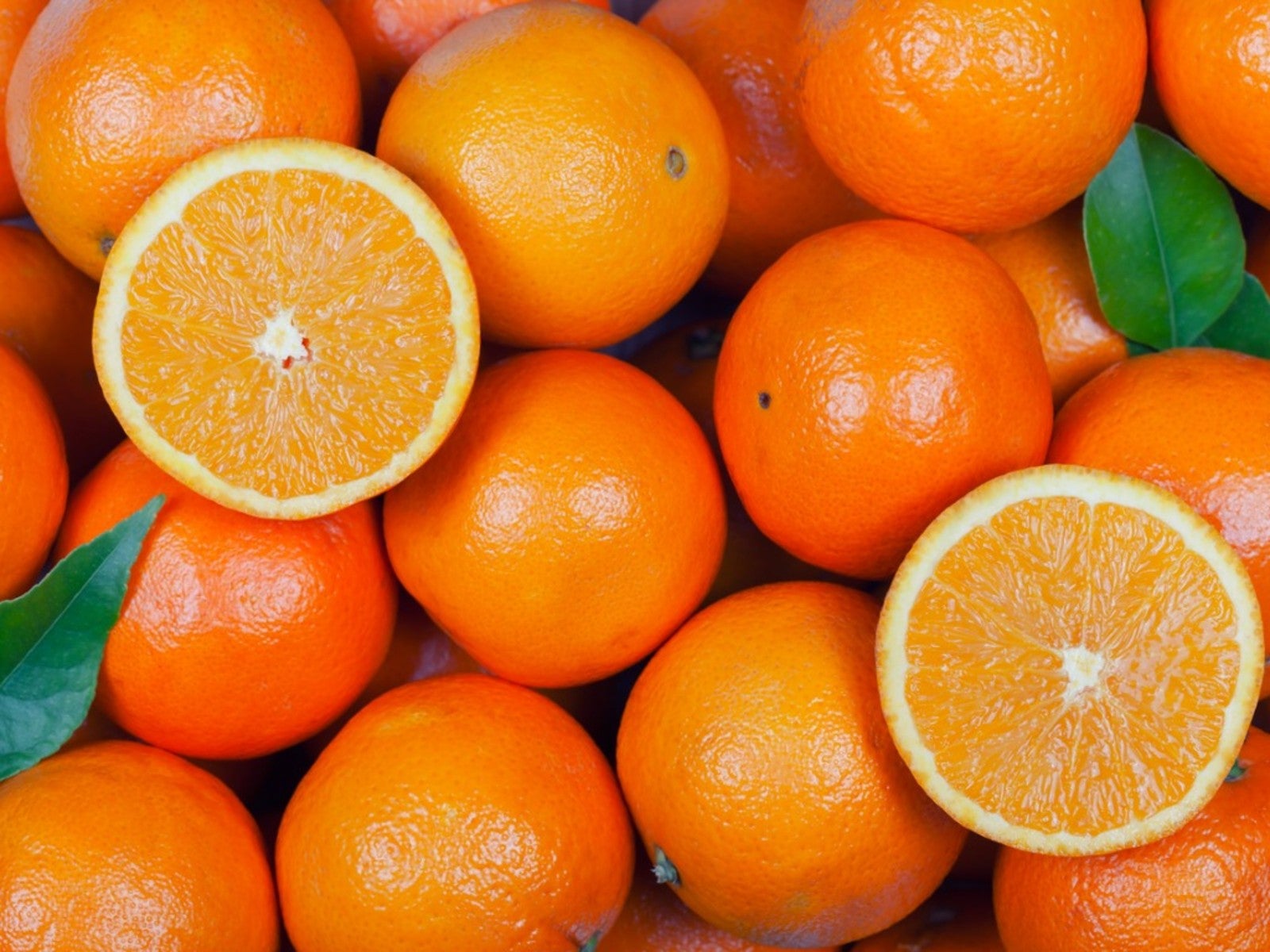 Orange Fruit Varieties: Growing Fruits That Are Orange
Orange Fruit Varieties: Growing Fruits That Are OrangeOrange colored fruit isn’t limited to the citrus orange. There are plenty of other orange colored fruit varieties, each packing a healthful punch. Read on for more.
By Amy Grant
-
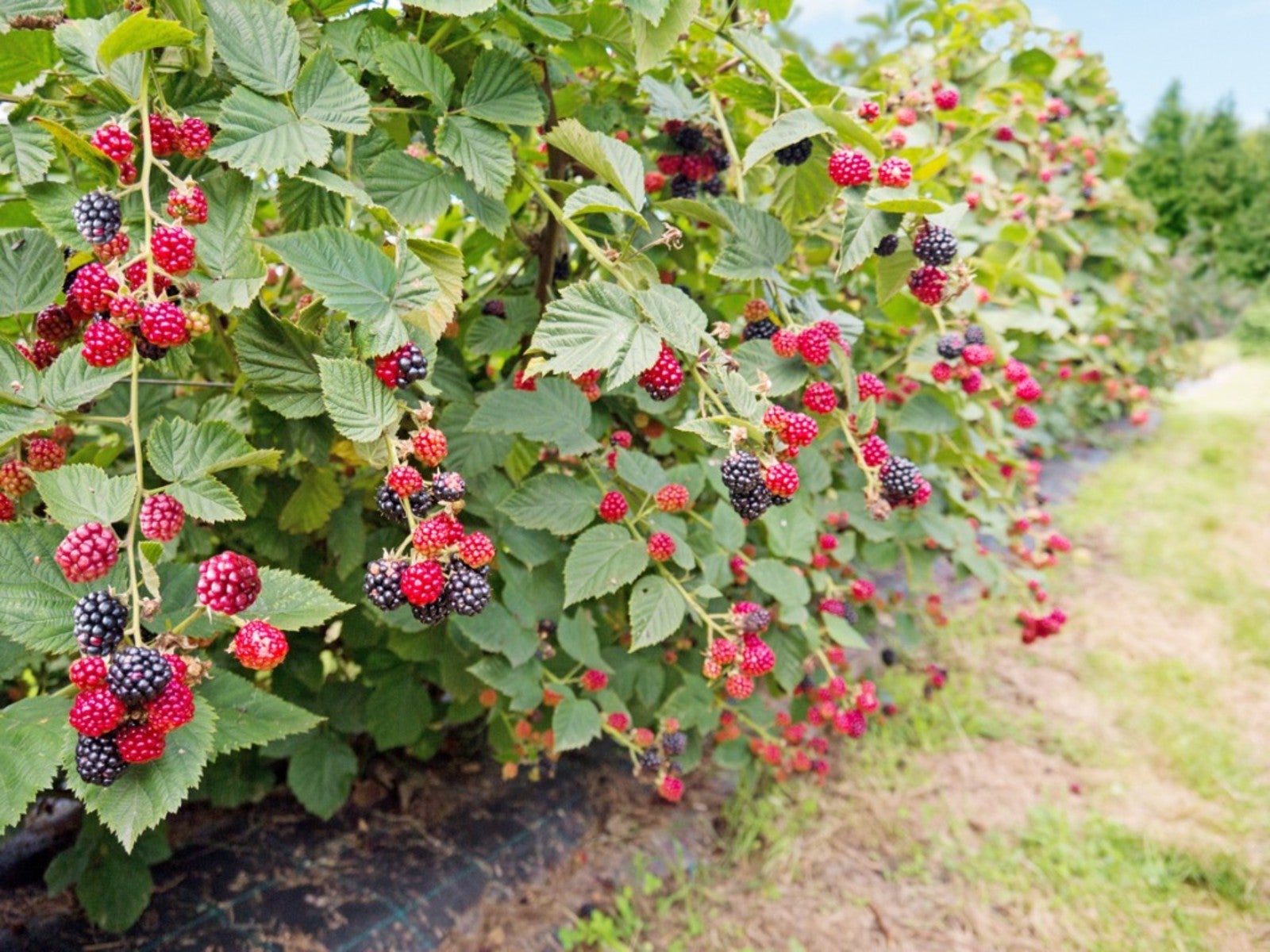 Everbearing Plants: Learn About Everbearing Varieties Of Fruit
Everbearing Plants: Learn About Everbearing Varieties Of FruitWhat does everbearing mean? And more importantly, how do everbearing varieties differ from non-everbearing types? Read on for more.
By Laura Miller
-
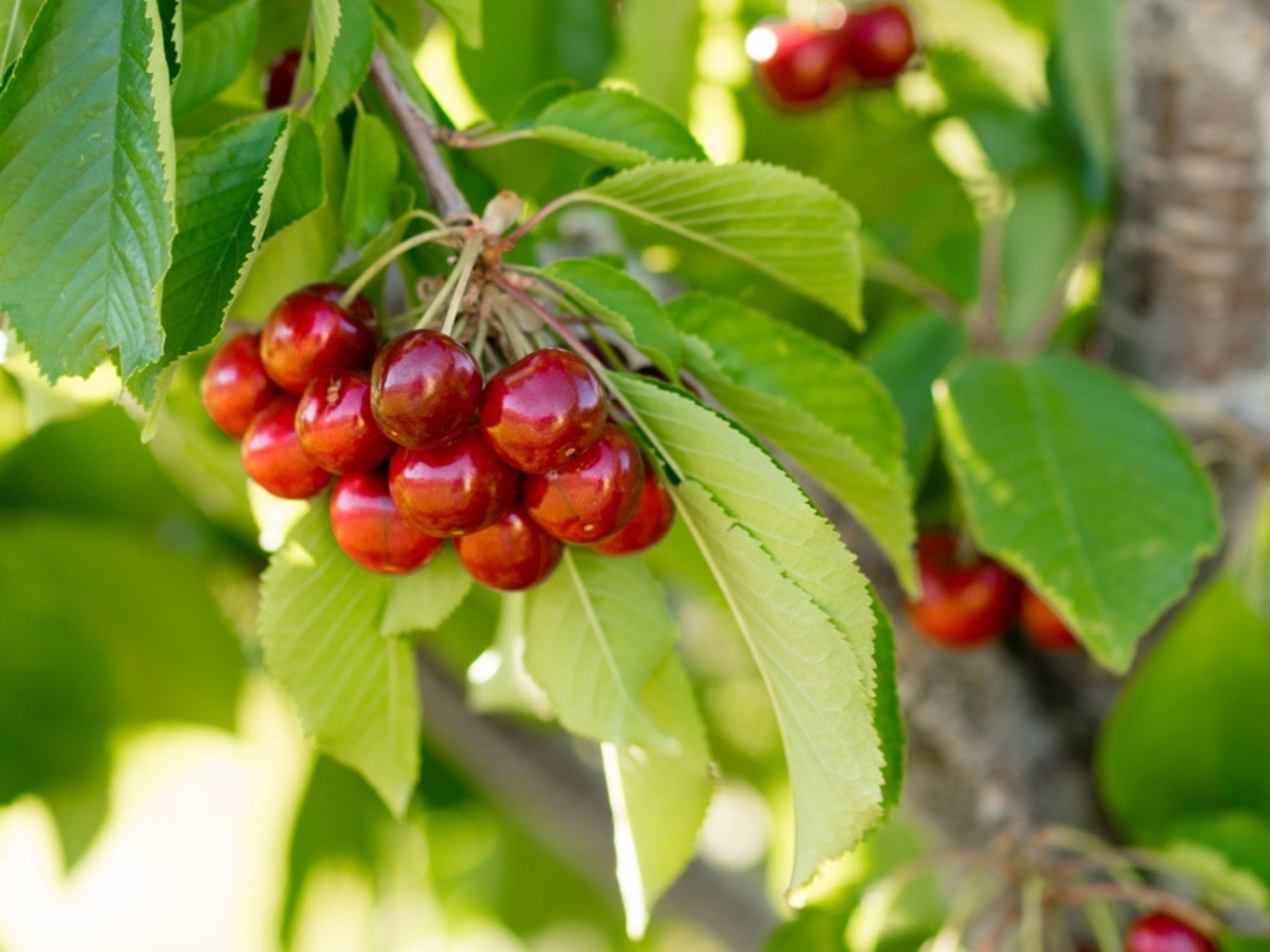 Plant A Red Fruit Garden: Growing Fruits With Red Flesh
Plant A Red Fruit Garden: Growing Fruits With Red FleshPlanting a red fruit garden may seem a bit whimsical. That is, until you realize the health benefits of consuming fruits with red flesh.
By Laura Miller
-
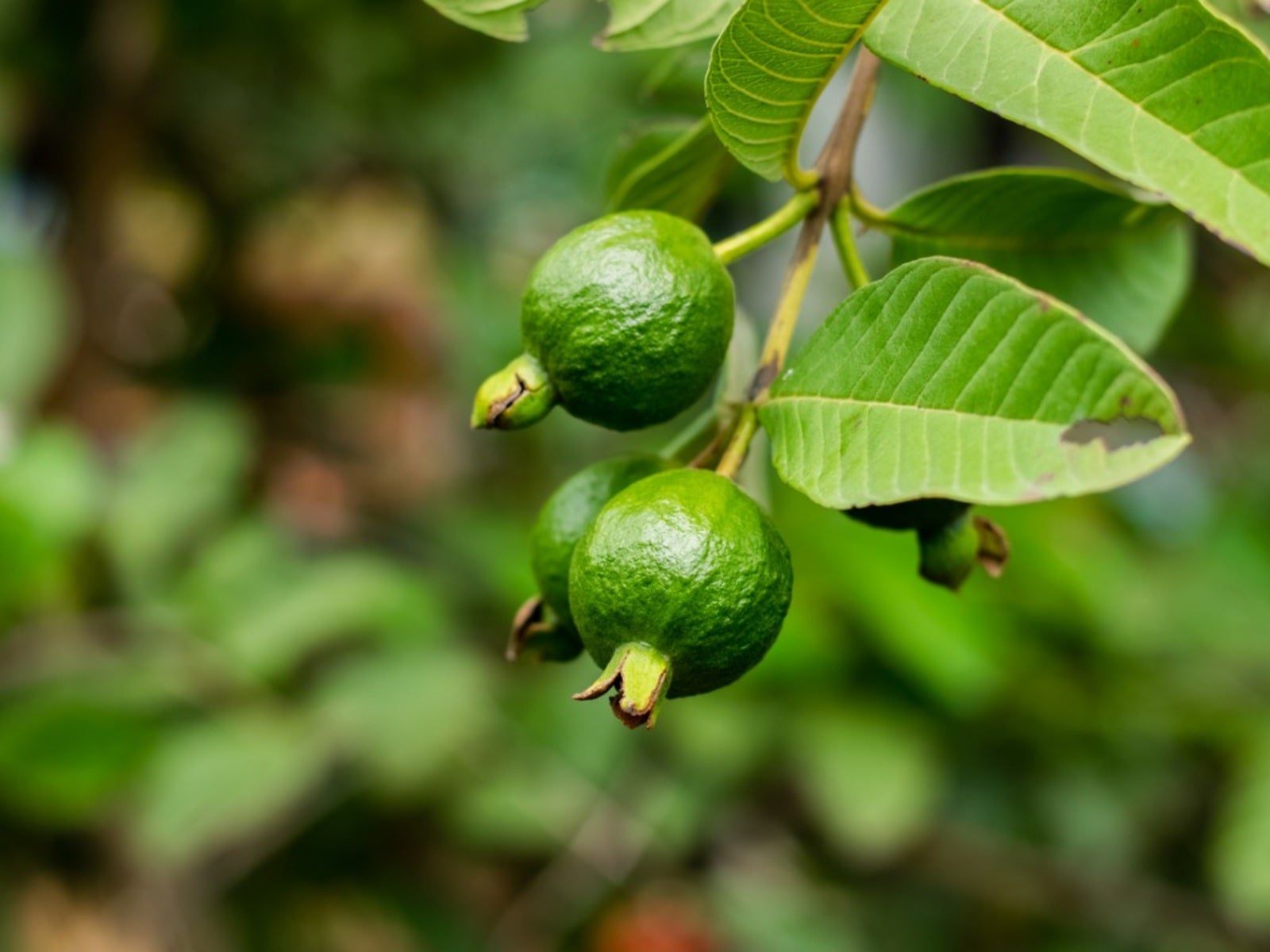 Heat Tolerant Fruits - Growing Fruit In Hot Weather
Heat Tolerant Fruits - Growing Fruit In Hot WeatherSome fruit grows in extreme heat naturally. But there are also specially cultivated, heat-tolerant varieties. For more information on heat tolerant fruits, read on.
By Teo Spengler
-
 Yellow Fruit Varieties - Growing Fruit That Is Yellow
Yellow Fruit Varieties - Growing Fruit That Is YellowWhat fruit is yellow? There's more than the bananas at the supermarket. Try growing yellow fruit for a consistent supply of sunny food.
By Bonnie L. Grant